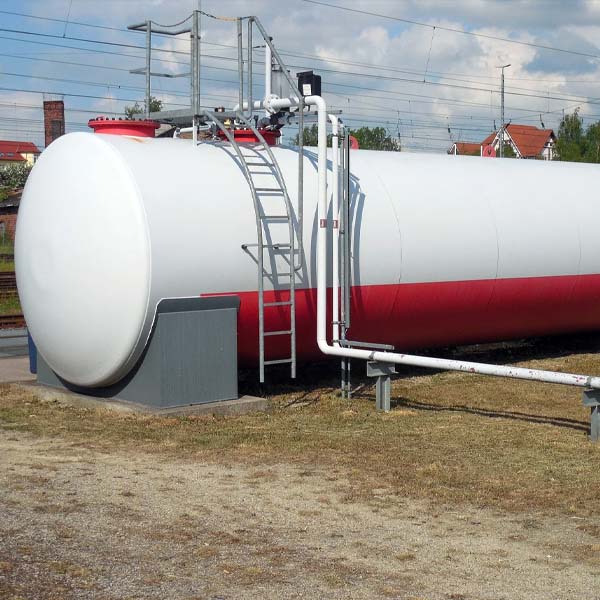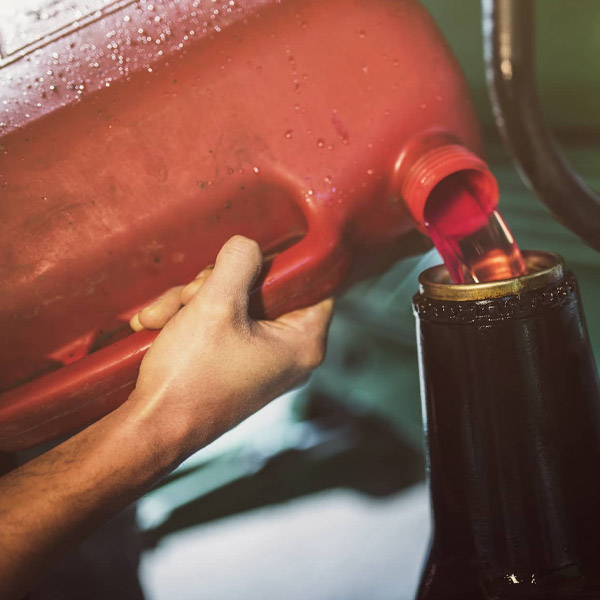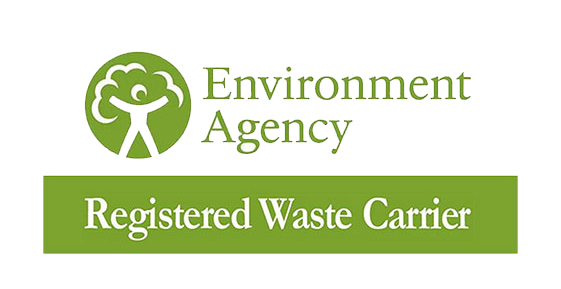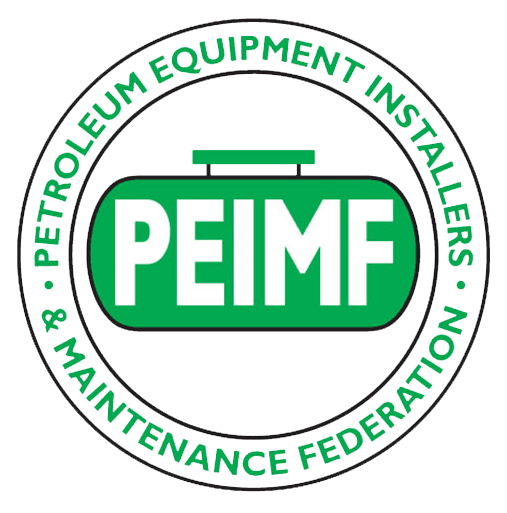Installing an oil tank can be a smart move for many homeowners in the UK. It provides a reliable heating and hot water source, especially in rural areas where gas supplies may not reach. Understanding the costs involved is crucial before initiating this project. Prices can vary based on several factors, so let’s explore what you need to know about the cost of installing an oil tank in the UK. Whether you’re considering a new installation or replacing an old one, we’ll break down everything from pricing to legal obligations—so you’re fully informed and ready!
Overview of Oil Tank Costs In The UK
Installing an oil tank in the UK typically costs between £1,000 and £3,500. Factors like tank size, type (above-ground or underground), and location influence the variation in cost. Additional costs might arise from site preparation or specific installation requirements. Homeowners should also consider ongoing expenses like maintenance and fuel prices. Understanding these elements will help you budget more effectively for your project while ensuring you choose the best option for your needs.
Factors Affecting Oil Tank Cost
The cost of installing an oil tank in the UK varies due to several factors. The tank’s location, whether above ground or below, is crucial. Additionally, the size and material can substantially influence pricing.
Tank’s Type
The selected oil tank will greatly influence the total expenses. Above-ground tanks are generally cheaper to install than underground ones due to the amount of excavation and groundwork required for underground tanks.
Tank’s Capacity
The size of the tank also affects its cost. Bigger tanks require additional installation materials and labour, thereby raising the total cost. The typical residential oil tank’s capacity ranges from 900 to 2,000 gallons, while larger commercial tanks have greater capacities.
Material
Oil tanks can be made from steel, fibreglass, or plastic. Steel tanks are the most prevalent and costly options because of their durability and long-lasting nature. Fiberglass and plastic tanks are often cheaper but may not last as long as steel tanks.
Location
The tank installation’s location significantly influences the total cost. If the chosen site is difficult to access, such as being situated in a remote area, or requires extensive groundwork, including excavation, grading, or removing existing structures, the installation costs could increase significantly. These factors not only add to the labour hours required but may also necessitate the use of specialised equipment, further inflating the total expenses associated with the project.
Labour Costs
Labour costs differ based on installation complexity and local market rates. While employing a professional installer might be pricier, it guarantees the tank is installed accurately and safely.
Additional Features
Additional features, such as electronic monitoring systems or secondary containment systems, can significantly enhance safety and environmental protection. Location plays a vital role. Installation expenses will rise if your property has challenging access or needs additional site preparation. Local regulations and compliance requirements can also impact overall expenses during setup, leading to unexpected financial burdens that must be factored into any project budget.
Oil Tank Installation Guide
Here are some examples of situations that companies encounter and the price guidance for them:
Situation 1
The existing tank is a compact single-skin steel oil tank supported by sturdy brick pillars. It needs to be replaced by a new, similarly sized single-skin steel tank, utilising the current pillars. Several requirements must be met for the installation of a small single-skin steel oil tank, including:
Location
The tank must be positioned at least 1.8 meters away from a building and 0.76 meters from the boundary. It should not be near drinking water sources, coastal or in-land fresh waters to avoid oil spills from entering loose manholes or open drains.
Base
The tank must be sited on a fireproof base of concrete or stone slabs at least 50 mm thick. The base should extend 300 mm around the perimeter of the tank.
Capacity
The tank’s capacity must be less than 2,500 litres.
Estimated Cost
Allocate a budget of £1,800 to £2,000. This amount covers the tank, all necessary materials, and the removal and recycling of the old tank, and it includes VAT.
Situation 2
The existing tank is a plastic bunded model with an approximate capacity of 1,000 litres, situated on a concrete or paving flag base. It requires be replaced with a new 1,000-litre plastic bundled oil tank placed on the same base. Here are some requirements for installing a 1,000-liter plastic bunded oil tank:
Base
The tank must be installed on a level, non-combustible base that can support its weight when full. The base should be made of concrete, stonework, or paving stones and be at least 50 mm thick. The extension needs to extend a minimum of 300 mm past the tank’s widest points. Location
The tank should be installed according to oil tank location regulations.
Support
If the tank is placed on pillars, it will need a full flagstone base and concrete lintels to support its weight.
Suction Pipe
A flexible suction pipe will be needed to draw fuel up to a top outlet if the tank is installed at ground level.
Estimated Cost
Allocate a budget of £1,500 to £1,700. This amount covers the tank, all necessary materials, the removal and recycling of the old tank, and VAT.
Situation 3
The existing oil tank is an outdated single-skin steel model with a capacity of approximately 2,000 litres. Its supporting pillars are worn out and require replacement. As part of the upgrade, a new plastic bunded tank with a capacity of approximately 1,200 litres will be installed, along with a newly laid flagstone base and some modifications to the feed line.
Location
The tank cannot be located near drinking water sources or coastal or inland fresh waters. It also cannot be placed where oil spills might reach a loose manhole cover or an open drain.
Tank Vent Pipes
The vent pipes of the tank should be clearly visible during the filling process.
Supply
The tank is designed to supply heating oil to only one dwelling.
Estimated Cost
Allocate a budget of £1,800 to £2,000. This amount encompasses the tank, all necessary materials, the removal and recycling of the old tank, and VAT.
Situation 4
The existing tank is a single-skin plastic container that holds approximately 1,200 litres of oil. Due to a planned extension to the house, the tank must be relocated 50 feet down the garden to a new spot. A new concrete base is required to support the new 1,200-litre plastic-bound tank.
Action Needed
A site visit is necessary because new locations frequently present unexpected issues needing expert guidance and advice.
Location
The tank must not be located near:
- Drinking water sources
- Coastal or inland freshwaters
- Open drains or loose maintenance hole covers
- Wells, boreholes, or springs must be located at least 50 meters away.
- Any other environmental hazards
Visibility
The tank’s vent pipes must be visible when the tank is being filled
Base
The tank must be placed on a flat, fire-resistant base that can support its full weight. The base must extend 300 mm beyond the widest points of the tank.
Legal Obligations for Oil Tank Installation
Complying with legal obligations is essential when installing an oil tank in the UK. The Environment Agency oversees the installation process to avert leaks and spills that may damage the environment. Proper planning permission may also be required, depending on your location.
You must ensure the tank meets local councils’ and relevant authorities’ safety standards. Regular inspections might be necessary to maintain compliance and avoid hefty fines. Always stay informed about regulations affecting your area for a smooth installation process.
How to Find the Right Installer?
Choosing a trusted installer for your oil tank is crucial. Begin by asking friends or neighbours for suggestions if they’ve recently completed an installation. Additionally, online reviews can offer important details regarding the reliability and professionalism of nearby installers. Once you have a shortlist, check their qualifications and experience in oil tank installations. Confirm their registration with pertinent industry organisations to ensure adherence to safety regulations. A reliable installer will offer quality artistry and excellent customer service.
Choose Network Environmental UK
Network Environmental UK stands out for its commitment to quality and customer satisfaction as an oil tank provider and installer. We offer a variety of tanks designed to meet different needs and budgets, helping you discover the ideal match. Our experienced team is dedicated to guiding you through the installation process. With comprehensive support and expert advice, choosing Network Environmental UK means investing in reliability and peace of mind for your home’s heating system.















